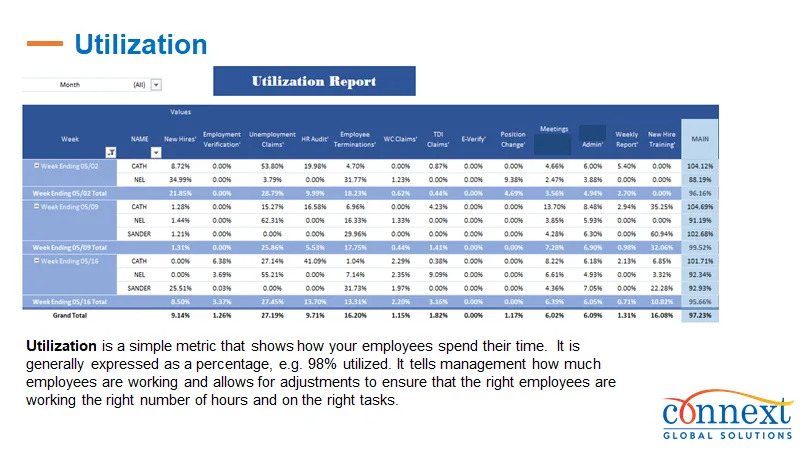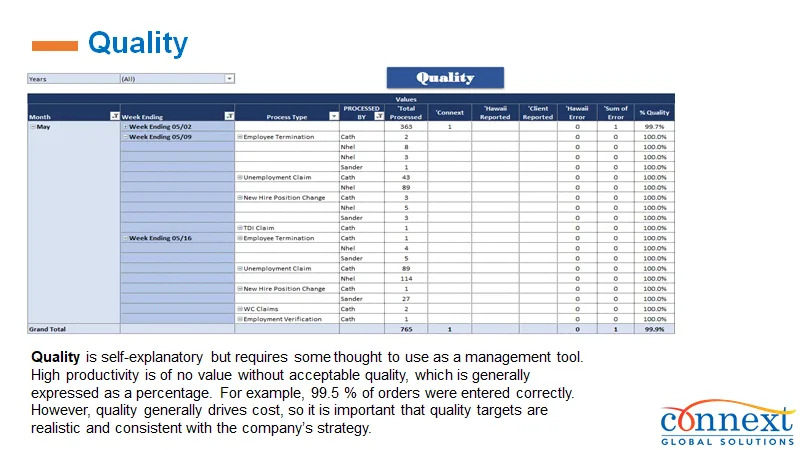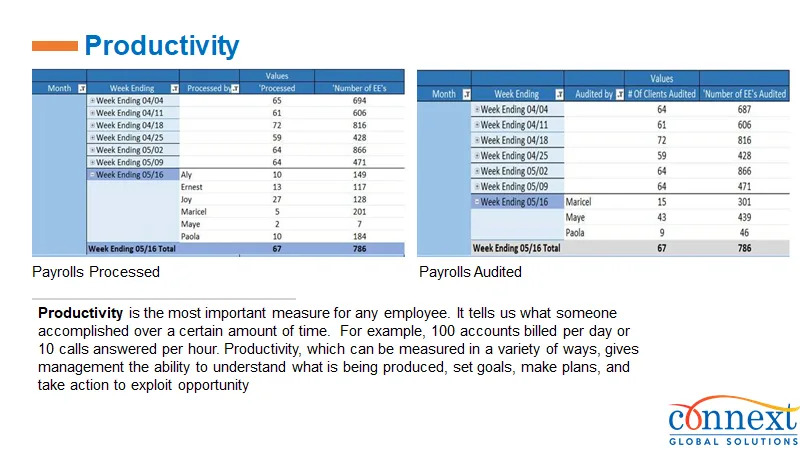Key Summary
- Many companies need to scale procurement operations but can’t add full-time hires.
- Outsourcing can help—but choosing the wrong vendor leads to friction and slowdowns.
- A structured selection process prevents misalignment and improves handoff efficiency.
- This checklist offers a practical framework for evaluating procurement outsourcing vendors.
- Focus areas include compliance, operational compatibility, process visibility, and scalability.
- Learn how to expand support without impacting your company’s headcount.
- Connext offers flexible, headcount-neutral contractor models tailored to procurement needs—without long-term commitments or rigid outsourcing structures.

IT procurement teams are often under pressure to manage increasing demand with limited internal capacity. In many cases, the need to scale support comes at a time when adding full-time employees isn’t possible—due to hiring freezes, budget holds, or headcount controls.
Outsourcing procurement operations can help, but choosing the right vendor is critical. The wrong fit can create more work, slow decision cycles, or introduce risk. The right partner, on the other hand, strengthens internal operations without disrupting them.
The goal isn’t just to find a service provider—it’s to find a team that can integrate smoothly, follow your workflows, and build procurement support around your organization’s structure and pace.
Here’s a practical checklist designed for real-world teams—especially if you’re navigating staffing limits, complex procurement pipelines, or an evolving vendor ecosystem.
Evaluate Operational Fit First
Start by looking beyond basic capabilities. A vendor may be able to process purchase orders, but can they operate within your existing workflows, tools, and approval systems? Will they follow your procurement policy, or apply their own framework?
Connext builds dedicated offshore teams that mirror client operations. That means we don’t apply a generic model—we define the structure based on your needs, systems, and internal controls.
When evaluating vendors, prioritize those that can operate as a seamless extension of your team, not just as an external function.
Support That Scales Without Increasing Headcount
For many organizations, the decision to outsource isn’t driven solely by cost—it’s about increasing capacity without affecting internal headcount. That’s especially true when HR or finance restrictions are in place.
A vendor that offers contractor-based procurement teams allows you to ramp up support while staying compliant with hiring policies.
Connext works under independent contractor agreements that let you scale strategically, while maintaining internal control and avoiding permanent HR overhead. It’s a flexible approach designed for companies managing resource constraints without sacrificing output.
Make Visibility a Priority
Outsourcing doesn’t mean losing oversight. A good procurement partner provides visibility into task progress, exception handling, and metrics that matter to your business—without requiring constant supervision.
When selecting a vendor, look for those who offer clear documentation, established workflows, and real-time visibility into procurement activities. This should include reporting on transaction volumes, cycle times, and service-level adherence.
At Connext, visibility is built into our operating model. We help define KPIs with clients and provide process-level reporting so you can track outcomes—not just outputs.
Align on Procurement Policy and Compliance
Procurement isn’t just operational—it’s regulatory. Any third-party support must align with your sourcing policies, approval flows, vendor evaluation rules, and compliance requirements.
Ask how prospective vendors ensure alignment with region-specific standards, including PO approval thresholds, vendor selection criteria, and audit support readiness.
At Connext, we work closely with clients to ensure our offshore teams adhere to their internal processes, from supplier onboarding to invoice verification. We can also accommodate controls related to supplier diversity, ESG, or risk assessment frameworks.
Understand Transition Planning and Support
No outsourcing relationship begins at full productivity on day one. A thoughtful transition plan can significantly improve speed to value.
Clarify how knowledge transfer will be handled, how documentation will be shared, and how quickly the offshore team can be brought up to speed. A structured onboarding process helps avoid disruptions.
Connext supports every client with a defined implementation roadmap, including role scoping, process mapping, and ramp-up sequencing—so there’s no guesswork in getting started.
Cost Clarity: Part of the Picture
Cost matters—but it shouldn’t be the first or only driver. Teams that outsource procurement just to cut costs often find that the lowest rate doesn’t guarantee alignment or sustainability.
What matters more is whether a provider offers pricing transparency. That includes knowing what’s included in the cost (reporting, support structure, backup resources), and understanding whether pricing is fixed, flexible, or variable based on volume.
At Connext, we provide clients with a clear proposal that reflects actual needs—not a generic menu. Our pricing model is transparent, with no hidden fees, and supports scaling without operational surprises.
Flexibility Over the Long Term
Your procurement needs today won’t be the same next year. The right vendor should be able to evolve with you—whether that means growing the team, shifting support levels, or transitioning to a co-managed model later.
It’s also important to ensure there are clear terms for ending or adjusting the agreement. Flexibility helps avoid vendor lock-in and ensures your outsourcing model remains aligned with your business strategy.
Connext offers scalable support that adapts to your evolving needs, without long-term rigidity. Clients can add roles, shift responsibilities, or modify engagement terms without overhauling the entire setup.
For a closer look at what procurement functions can be outsourced and how support is structured, read our previous article on An Overview of Procurement Outsourcing.
Learn how Connext supports internal teams through co‑managed models. Learn more here: An Introduction to Co-Sourcing.
Talk to Connext
If your procurement team is under pressure but you can’t expand through traditional hiring, Connext offers a way forward. Our flexible, role-based contractor model lets you extend support without increasing official headcount.
We help companies build offshore teams around their structure and pace—so you stay in control, even while growing. Get in touch to discuss a procurement support model that fits your operations.
Frequently Asked Questions (FAQs)
IT Procurement Outsourcing is the offloading of IT purchasing functions—such as vendor evaluation, purchase order creation, and contract tracking—to a specialized third-party support team.
Start with operational compatibility and compliance, then assess transparency, scalability, and cost clarity. A strong provider aligns with your workflow, not the other way around.
Yes. With headcount-neutral models like the one offered by Connext, you can expand procurement support without expanding internal headcount or triggering HR constraints.
When done through a transparent and compliant partner like Connext, yes. We follow structured processes that align with your procurement policies, reporting needs, and audit readiness standards.








